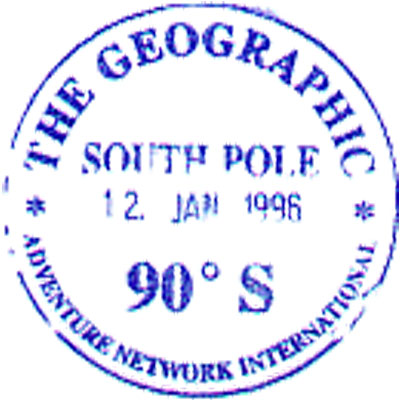
Should we believe that the unexplored exists, that we must view the isolation of Antarctica as an explorer’s final frontier? Unparalleled in its pristine and absolute beauty, the journey to the great white continent and the climb of Mount Vinson ignites man’s primal instincts for wilderness, the elements and conquest. The sheer magnitude of the continent and exquisite nature of the ascent is an extreme and remarkable expedition.